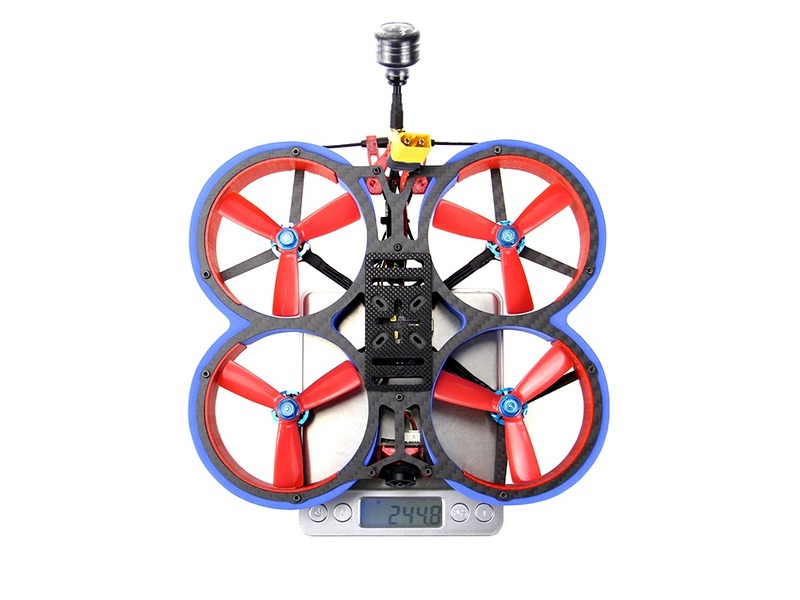Can drones avoid radar?

Yes, drones can avoid radar. The most effective way to avoid radar is to fly at a low altitude and use terrain masking. Terrain masking is when an object takes advantage of the natural terrain of an area to hide itself from view. It is especially effective for small, low-altitude flying objects, such as drones. By flying lower than the terrain around it, the drone can avoid being detected by radar.
Another technique to avoid radar is known as “stealth” flying. Stealth flying is when a drone uses a combination of special materials, shapes, and flight patterns to reduce its radar signature. This means the drone will be harder to detect on radar. The materials used are typically radar-absorbing, which means they absorb the signal from the radar and thus do not reflect it back. The shape of the drone is also important; it should be flat and have minimal protrusions. This reduces the amount of surface area that could potentially reflect the radar signal back.
The flight pattern of the drone is also important when avoiding radar. The drone should fly in a zig-zag pattern, rather than a straight line. This will make it harder for the radar operator to determine the exact location of the drone. Additionally, the drone should avoid flying over open fields or large bodies of water, as these areas are more likely to be scanned by radar.
Finally, it is important to note that the drone’s onboard electronics can be used to help it avoid radar. By using GPS, the drone can detect when it is approaching a radar installation and can take evasive action to avoid detection. Additionally, the drone can be outfitted with a transponder, which will allow it to transmit its identity and location to the radar operator. This will reduce the likelihood of the drone being misidentified as a threat.
In conclusion, drones can avoid radar by using terrain masking, stealth flying, and onboard electronics. By using these techniques, drones can remain undetected and can reach their objectives without being detected by ground-based or airborne radar systems.
Comments / Question
2. Drone Detection Systems: Drone detection systems use radar, acoustic sensors, and cameras to detect the presence of drones in the airspace.
3. Geofencing: Geofencing technology can be used to create a virtual perimeter around an area, and any drones that enter the perimeter are automatically detected and blocked.
4. Drone Nets: Drone nets are nets that can be used to physically capture drones.
5. Laser Deterrents: Laser deterrents are used to dazzle the drone’s sensors, making it difficult for it to navigate.
6. Anti-Drone Guns: Anti-drone guns use a powerful radio signal to disrupt the communication between the drone and its operator, causing it to lose control and fall out of the sky.
1. Limited range: Most drone radar avoidance systems have a limited range and can only detect objects within a certain distance. This means that they may not be able to detect objects that are farther away.
2. Limited accuracy: Drone radar avoidance systems are not always able to accurately detect the size, shape, and speed of objects, which can lead to false alarms or missed objects.
3. Cost: Drone radar avoidance systems can be expensive, and may not be cost-effective for some applications.
4. Interference: Drone radar avoidance systems can be affected by interference from other radio signals, which can lead to false alarms or missed objects.
2. Automated Flight Paths: Radar avoidance technology allows drones to automatically adjust their flight paths to avoid obstacles, making it easier to navigate complex environments.
3. Enhanced Security: Radar avoidance technology can be used to detect and avoid unauthorized drones, providing an additional layer of security.
4. Increased Efficiency: Radar avoidance technology can help drones to automatically adjust their flight paths to avoid obstacles, allowing them to complete tasks faster and more efficiently.
5. Improved Navigation: Radar avoidance technology can be used to detect and avoid obstacles, making it easier for drones to navigate complex environments.

